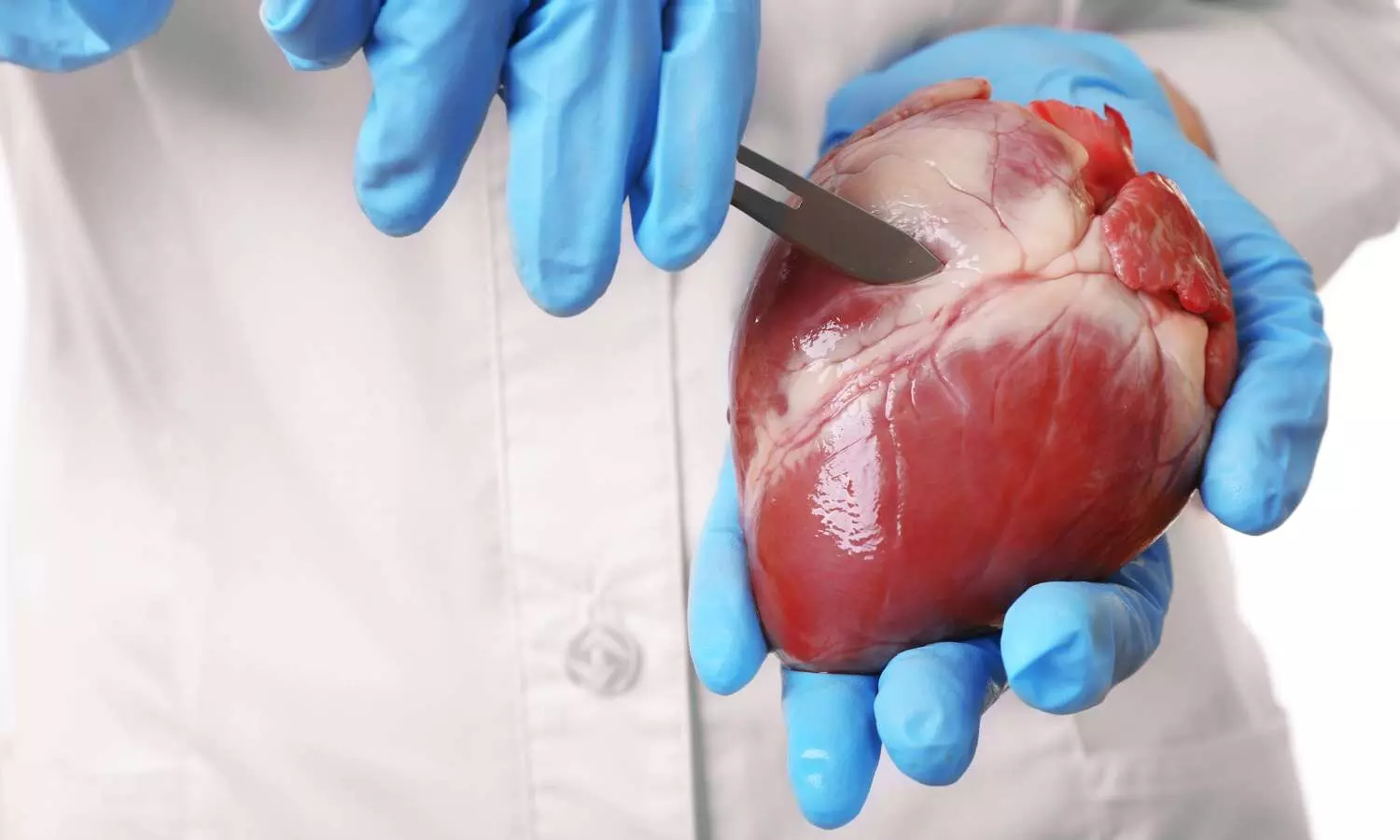- Home
- Medical news & Guidelines
- Anesthesiology
- Cardiology and CTVS
- Critical Care
- Dentistry
- Dermatology
- Diabetes and Endocrinology
- ENT
- Gastroenterology
- Medicine
- Nephrology
- Neurology
- Obstretics-Gynaecology
- Oncology
- Ophthalmology
- Orthopaedics
- Pediatrics-Neonatology
- Psychiatry
- Pulmonology
- Radiology
- Surgery
- Urology
- Laboratory Medicine
- Diet
- Nursing
- Paramedical
- Physiotherapy
- Health news
- Fact Check
- Bone Health Fact Check
- Brain Health Fact Check
- Cancer Related Fact Check
- Child Care Fact Check
- Dental and oral health fact check
- Diabetes and metabolic health fact check
- Diet and Nutrition Fact Check
- Eye and ENT Care Fact Check
- Fitness fact check
- Gut health fact check
- Heart health fact check
- Kidney health fact check
- Medical education fact check
- Men's health fact check
- Respiratory fact check
- Skin and hair care fact check
- Vaccine and Immunization fact check
- Women's health fact check
- AYUSH
- State News
- Andaman and Nicobar Islands
- Andhra Pradesh
- Arunachal Pradesh
- Assam
- Bihar
- Chandigarh
- Chattisgarh
- Dadra and Nagar Haveli
- Daman and Diu
- Delhi
- Goa
- Gujarat
- Haryana
- Himachal Pradesh
- Jammu & Kashmir
- Jharkhand
- Karnataka
- Kerala
- Ladakh
- Lakshadweep
- Madhya Pradesh
- Maharashtra
- Manipur
- Meghalaya
- Mizoram
- Nagaland
- Odisha
- Puducherry
- Punjab
- Rajasthan
- Sikkim
- Tamil Nadu
- Telangana
- Tripura
- Uttar Pradesh
- Uttrakhand
- West Bengal
- Medical Education
- Industry
Cefazolin beneficial for infection prevention after total joint arthroplasty in patients allergic to beta-lactams

New research revealed that the use of cefazolin as a perioperative antibiotic for infection prevention in total joint arthroplasty in individuals designated beta-lactam allergic is linked with lower postoperative surgical site infections without an increase in interoperative hypersensitivity reactions. The study was published in the journal Open Forum Infectious Diseases.
Total joint arthroplasties constitute total knee and hip arthroplasty. As these are the common procedures that are performed, it is necessary to ensure that patients receive the optimal antibiotic regimens to prevent surgical site infections (SSI). SSI, specifically periprosthetic joint infections (PJI), have poor-patient outcomes and are considered a traumatic outcome after a total joint arthroplasty. So prophylactic antibiotics are indicated perioperatively. Cephalosporins, especially cefazolin, are the main drugs of choice for SSI prevention for many surgeries given their wide therapeutic index, activity against both gram-positive and gram-negative bacteria, and ease of administration in perioperative settings. But in patients who are labeled allergic to beta-lactam antibiotics, clindamycin or vancomycin are administered perioperatively due to an apprehended risk of a hypersensitivity reaction after exposure to cefazolin. Hence researchers conducted a single-system retrospective review to compare cefazolin to second-line antibiotics to evaluate the incidence of SSIs within 90 days following joint replacement surgery and interoperative HSRs among patients labeled as allergic to penicillin or cephalosporin.
Patients labeled as allergic to penicillin or cephalosporin antibiotics and who underwent a primary total hip and/or knee arthroplasty between January 2020 and July 2021 were included in the study. A detailed chart review compared the frequency of SSI within 90 days of surgery and interoperative hypersensitivity reactions (HSRs) between patients receiving cefazolin and those receiving clindamycin and/or vancomycin.
Key findings:
- The analysis included a total of 1,128 hip and/or knee arthroplasties from 1,047 patients. There were 809 arthroplasties in the cefazolin group and 319 in the clindamycin/vancomycin group.
- A history of cephalosporin allergy and allergic reactions with immediate symptoms were present more in the clindamycin and/or vancomycin group.
- Fewer SSIs were noticed in the cefazolin group compared to the clindamycin and/or vancomycin group (0.9% vs. 3.8%, p < .001) including fewer prosthetic joint infections (0.1% vs. 1.9%).
- There was no difference in the frequency of interoperative HSRs between the two groups.
Thus, cefazolin was shown to have a significantly lower frequency of SSI compared to clindamycin and/or vancomycin without an increased risk of HSR.
Further reading: Miranda R Norvell, PharmD, and others, Cefazolin vs. second-line antibiotics for surgical site infection prevention after total joint arthroplasty among patients with a beta-lactam allergy, Open Forum Infectious Diseases, 2023; ofad224, https://doi.org/10.1093/ofid/ofad224
BDS, MDS
Dr.Niharika Harsha B (BDS,MDS) completed her BDS from Govt Dental College, Hyderabad and MDS from Dr.NTR University of health sciences(Now Kaloji Rao University). She has 4 years of private dental practice and worked for 2 years as Consultant Oral Radiologist at a Dental Imaging Centre in Hyderabad. She worked as Research Assistant and scientific writer in the development of Oral Anti cancer screening device with her seniors. She has a deep intriguing wish in writing highly engaging, captivating and informative medical content for a wider audience. She can be contacted at editorial@medicaldialogues.in.
Dr Kamal Kant Kohli-MBBS, DTCD- a chest specialist with more than 30 years of practice and a flair for writing clinical articles, Dr Kamal Kant Kohli joined Medical Dialogues as a Chief Editor of Medical News. Besides writing articles, as an editor, he proofreads and verifies all the medical content published on Medical Dialogues including those coming from journals, studies,medical conferences,guidelines etc. Email: drkohli@medicaldialogues.in. Contact no. 011-43720751



